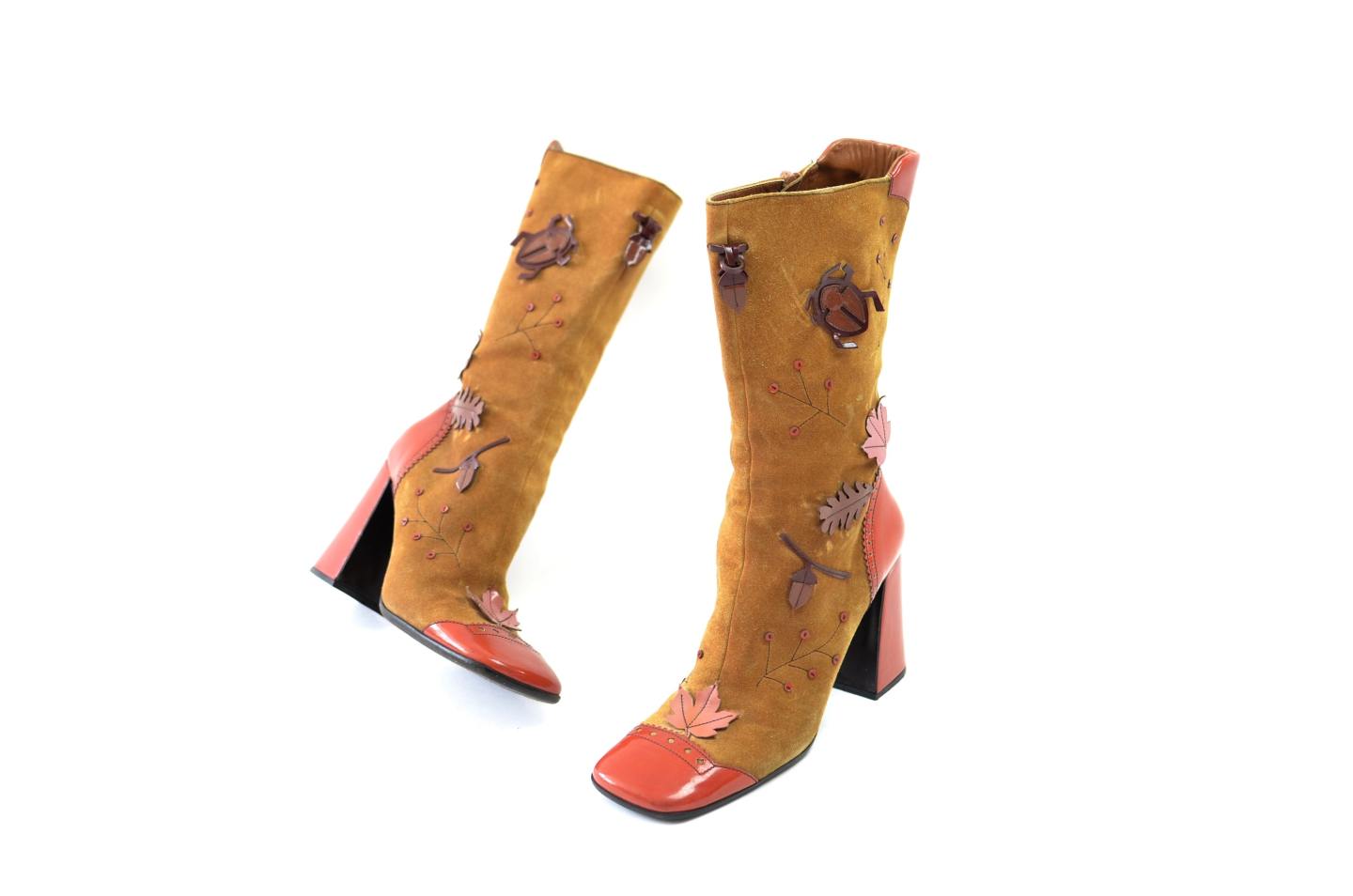Heels are a wardrobe staple for a lot of people. They have the power to elevate an outfit and add a stylish element. There are so many different styles, from stilettos to Mary Janes to Mules to Court Shoes. The question is, where did they come from, and how did they become so popular? Let’s take a whistle-stop tour through the history of heels.

The Origins: 15th to the 18th Century
The first high heels can be traced back to Persia in the 15th century, and they were originally made with very practical reasons in mind. They were designed to allow horsemen’s feet to sit more comfortably in the stirrups; in that respect, they are often seen as a precursor to the cowboy boot. Heels then quickly spread across Europe. Sex workers in Venice are thought to have birthed the platform trend, which was then quickly monopolized by the upper classes to keep their hems away from the dirt on the streets.
In the 1600s, Louis XIV was instrumental in furthering the popularity of heels. Louis was a short man, and the heels gave him a boost, he would have them made to match his formal dress, and he tended to prefer a red sole which would prove to be incredibly influential for Christian Louboutin further down the line. Although he did try to gatekeep them and reserve them for the nobility to keep them as a status symbol for the privileged.
During the 1700s, heels became feminised, leading to waning male interest. During the late 1700s and early 1800s, they also began to have overtly sexy connotations when the French pornography postcards started to feature women in heels and not much else. This then continued and eventually fed into the WWII paraphernalia.

The 20th Century
By the turn of the twentieth century, heels had become almost exclusively for women, although Cuban heels were still worn by men in some professions. Judy Garland’s ruby slippers in The Wizard Of Oz sparked the imagination of shoe designers and women all around the world, and soon the market was flooded with different styles. Thicker heels were favoured initially, although, in the fifties, stilettos were invented and began to gain popularity.
During the sixties and seventies, the feminist movement meant that women wanted stylish shoes that were also practical and this birthed knee highs, Mary Janes and platforms. The gay community and, more specifically, drag queens began to experiment with outlandish styles during this time too. Famous androgynous celebrities and the rise of glam rock helped to blur the gender divide, and men once again began to have an interest in heels.
The eighties saw a power dressing trend which meant women wanted to look more professional and in charge while being reluctant to give up their heels. They remained a staple in the nineties and were used to make a statement, think the Spice Girls or Sex In The City.

Today
Heels today have a huge allure for both men and women. To reflect this, there are a huge range of heels, from stunning stilettos to luxury shoes for when you’re on the go, like the ones available from SSENSE.
Heels have a longer history than most people would think. The gender divide surrounding heels, originally a male invention for men, is also an interesting element to consider. From aristocracy and royalty to cheap versions from online retailers that don’t last two minutes, heels have certainly had an interesting evolution.

IF YOU ENJOYED THIS HISTORY OF HEELS, WHY NOT PIN IT?


